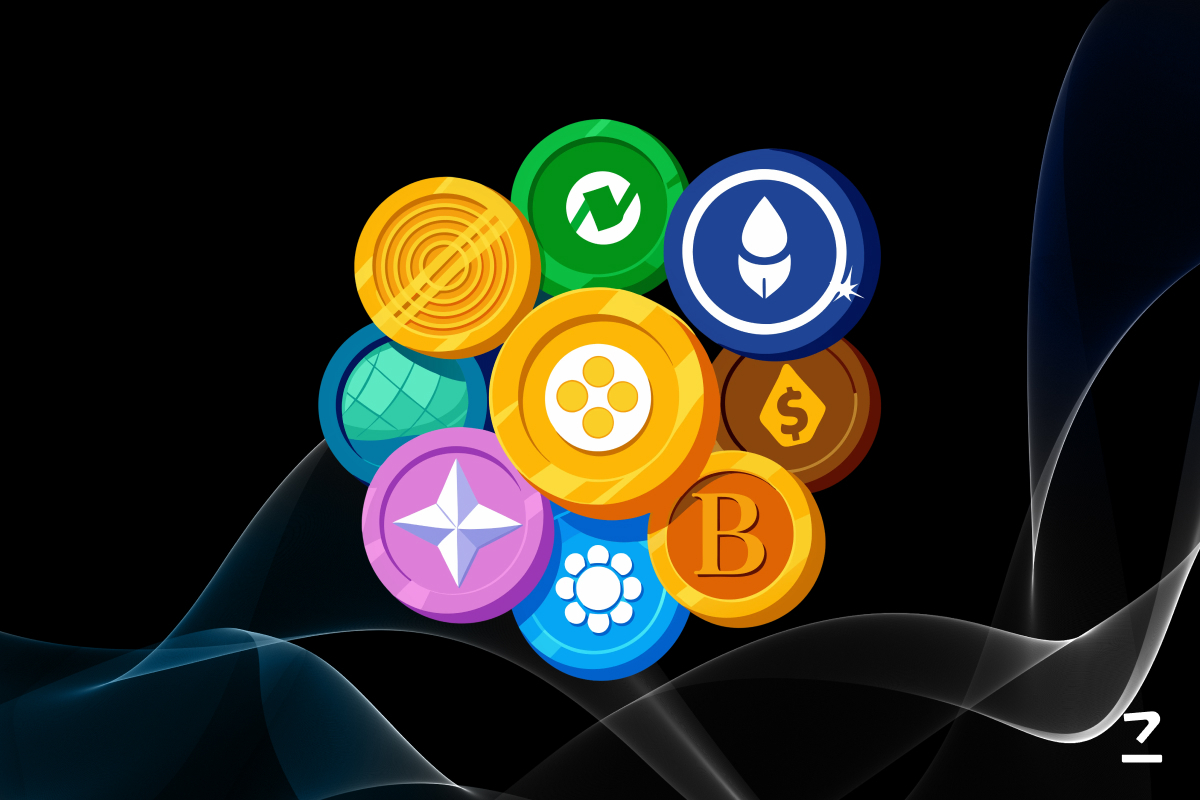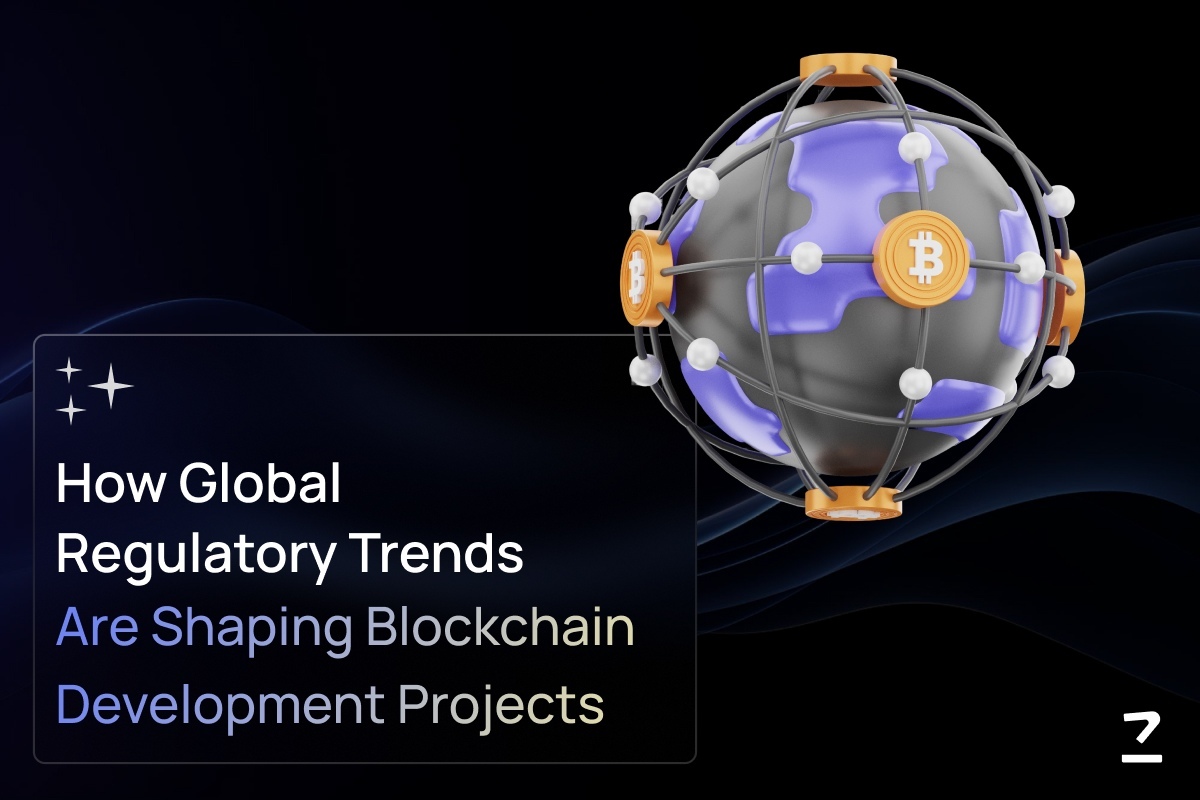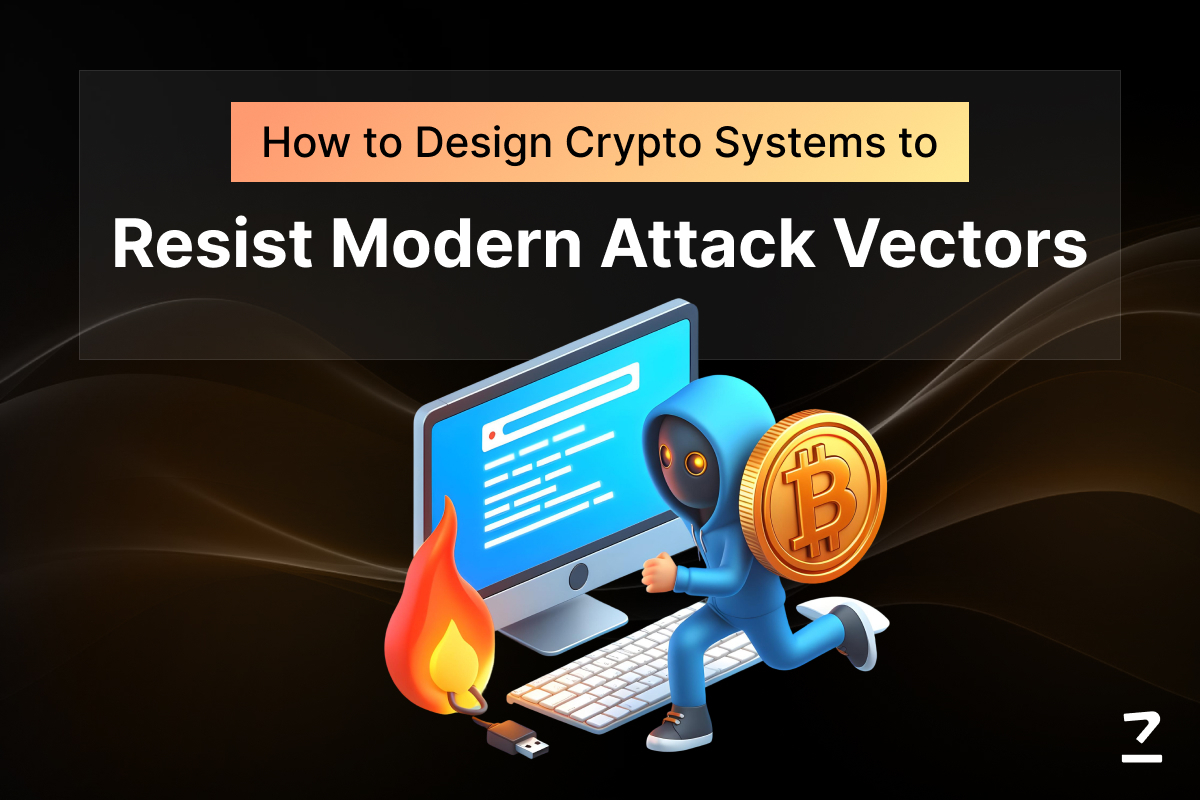SHARE THIS ARTICLE
Everything You Need to Know About Linea Network and its DeFi Voyage

The blockchain ecosystem is growing rapidly, with new use cases and applications emerging every day. However, the scalability and cost issues of the Ethereum network pose significant challenges to the adoption and innovation of DeFi development solutions and web3. This is where layer-2 solutions come into play, offering faster, cheaper, and more secure transactions on top of the Ethereum layer-1; and one such layer-2 solution is the Linea Network.
What is Linea Network
Linea Network is one of the most promising Layer-2 solutions. It is a zkEVM layer-two chain launched by Consensys, the Web3 software company founded by Ethereum co-founder Joseph Lubin. Linea leverages the power of zero-knowledge proofs to validate transactions off-chain and submit a cryptographic proof to the Ethereum mainnet, achieving high throughput and low gas fees.
Linea Network is compatible with the Ethereum Virtual Machine (EVM), which means that any smart contract or decentralized application (DApp) that runs on Ethereum can also run on Linea Network without any modification. The Network leverages a novel lattice-based prover that generates zkSNARK (Zero-Knowledge Succinct Non-Interactive Arguments of Knowledge) proofs efficiently and securely, without requiring a trusted setup.
Linea has several key features that make it stand out among other layer-2 solutions.
-
High transaction speed: Linea can process over 10,000 transactions per second, which is orders of magnitude faster than Ethereum’s 15 transactions per second12.
-
Low gas fees: Linea reduces gas fees by up to 99%, making DeFi more accessible and affordable for everyone12.
-
EVM compatibility: Linea supports smart contracts that are compatible with both zero-knowledge proofs and the Ethereum Virtual Machine (EVM), enabling seamless migration and interoperability of existing and new DApps12.
-
Integration with MetaMask and over 100 DApps: Linea is integrated with MetaMask, the leading web3 wallet with over 10 million monthly active users12. Linea also hosts over 100 DApps, including decentralized exchanges, lending protocols, perpetual contracts, and social finance platforms
Linea has shown impressive growth since its alpha mainnet launch in July 2023. As of this writing, its total value locked (TVL) is USD 52.32m. It has garnered over 100,000 weekly active users in the first month alone. This makes it the third largest ZK-rollup by TVL, just behind zkSync Era and dYdX v3.
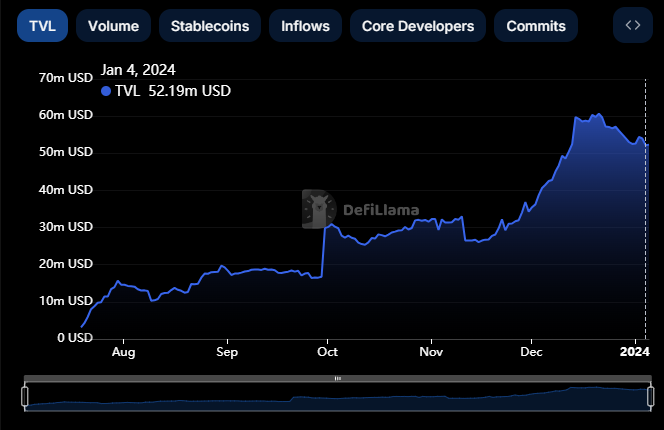
Source: https://defillama.com/chain/Linea
How Does Linea Work?
We have established how Linea is a promising solution to scale Ethereum transactions. But how does Linea work under the hood? What are the components that make up its architecture and enable its features? Below are the main elements of Linea’s architecture with their roles and functions.
Coordinator
The Coordinator is the central component of Linea’s architecture, acting as a hub of coordination for various processes within the network. It manages the flow of data between different components, such as the Sequencer, the EVM State Manager, the Prover, and the Verifier. It also connects Linea to other blockchains, data availability solutions, and network nodes. The Coordinator has a modular architecture, where each component operates in its own environment and communicates with the others through the Coordinator. The Coordinator is responsible for orchestrating the network and ensuring its security and efficiency.
Sequencer
The Sequencer acts as the core of Linea’s execution engine, ordering, constructing, and executing blocks. It takes transactions from Linea’s mempool and sequences them into a specific order. It then assembles these transactions into blocks and executes them using linea-geth, an optimized version of the Geth protocol for zero-knowledge proofs. It also generates the trace data from these executions, which is essential for proof generation. The Sequencer interacts with the Coordinator to optimize the blocks for proof generation and data availability, using internal subsystems such as the Trace Generator and the Batch Conflator.
EVM State Manager
The EVM State Manager is a crucial component of Linea’s network that uses the EVM (Ethereum Virtual Machine) to run smart contracts. It keeps track of the global state and the account state of the network and updates them based on the execution trace data from the blocks processed by the Sequencer. The Prover then uses this updated state information to generate and submit zero-knowledge proofs to the Ethereum blockchain.
Prover
The Prover is the software that creates zero-knowledge proofs for transactions on Linea. It uses the trace data from the Coordinator and turns it into a zero-knowledge succinct non-interactive argument of knowledge (zk-SNARK). It employs a new lattice-based cryptography scheme that avoids a trusted setup and makes proofs quicker than other zkSNARK systems. It also shrinks the proofs using gnark, a library for fast zk-SNARK proof creation and verification.
Verifier
The Verifier is the smart contract that checks the proofs from the Prover. It is on the Ethereum mainnet and connects Linea to Ethereum. It uses a public verification key to verify the proofs and updates the state of Linea on Ethereum, which shows the latest balances and data of the users and DApps on Linea. It also lets users move funds between Linea and Ethereum.
Network Data
The Network Data is the component that makes Linea’s blockchain public and accessible. It answers queries from users and DApps using the Ethereum JSON-RPC API standards, including account information requests from MetaMask users on Linea. It also has multiple nodes for different functions, such as client-facing RPC-API nodes and archive nodes, with the help of Infura and Consensys. It adjusts to maintain network speed and availability.

Linea DeFi Voyage
Linea rolled out the Linea DeFi Voyage, a six-week gamification experience through which users can explore the Linea ecosystem and learn about DeFi development services in a fun and rewarding way. Spanning from November 7th, 2023 to December 18th, 2023, the program aimed to cater to individuals at all levels, from those new to web3 to experienced investors, who can benefit from the easy-to-follow guides and instructional content crafted in partnership with MetaMask Learn and Intract.
The Linea DeFi Voyage consisted of ten waves of quests and core tasks. Each wave featured a single core task, which was a mandatory quest that users needed to complete to advance to the next wave. Users could also opt to complete bonus tasks for additional rewards. Each task will have a different difficulty level and XP reward. Users could join the event at any time, but they needed to complete all the waves before the end date to be eligible for the final reward. The final reward was the XP token, which is expected to be exchangeable for Linea ecosystem’s native token in the future
Here are all the waves of the DeFi Voyage at a glance.
Wave 0: DeFi Voyage Launch
The journey began by introducing Voyagers to core Linea, web3, and DeFi concepts. Understanding the overarching narrative, Voyage XP, and DeFi Voyage dynamics set the stage for Voyagers' educational journey.
Wave 1: MetaMask
Voyagers started their L2 DeFi journey by bridging funds into Linea and swapping tokens on Velocore using MetaMask Portfolio. This enhanced Ethereum scaling and maximizing LXP.
Wave 2: Bridging and Onramps
Voyagers explored Linea's bridging ecosystem, delving into on-ramps that facilitate fiat-to-crypto transitions and bridging techniques connecting Ethereum with other blockchains.
Wave 3: Token Swaps
This wave involved exploring Linea's DEX and DEX aggregator ecosystem, understanding smart contracts, liquidity pools, and the risks associated with token swapping, along with various crypto assets, such as stablecoins, liquid staking tokens, and real-world assets.
Wave 4: Lending and Borrowing
During this wave, the voyagers explored DeFi money markets - which offer traditional finance tools like interest and liquidity, supercharged with the power of decentralization, learning about lending and borrowing, key terms, and associated risks and benefits.
Wave 5: Liquidity Provision and Yield Farming
Complexity increased as Voyagers explored liquidity provision and yield farming, contributing assets as liquidity to decentralized exchanges and understanding associated risks.
Wave 6: Proof-of-Humanity
In this wave, voyagers verified their identity using Verax, an on-chain attestation system. This process established a trust and reputation scoring system based on publicly available data. Voyagers proved their humanity through Verax, creating a transparent registry of attestation data. This unique approach doesn't rely solely on trusting issuers but leverages reputation protocols applied to on-chain data, enhancing security. Though the DeFi Voyage concluded, completing Proof of Humanity on Verax remains essential for voyagers to collect their LXP and maintain ecosystem integrity.
Wave 7: Trading
Voyagers explored complex trading products in DeFi, understanding the flexible and modular nature of DeFi's "stackable money legos." This wave allowed participants to gain insights into the unique features of DeFi, where various components can be stacked and combined like building blocks. Voyagers gained an understanding of how DeFi transcends traditional financial products, introducing new paradigms and creating a diverse and dynamic financial ecosystem.
Wave 8: SocialFi
During Wave 8, the focus shifted to "SocialFi," where Voyagers actively engaged in decentralized social activities. This involved the creation of NFTs to capture and document each participant's unique Linea journey. Additionally, Voyagers had the opportunity to interact with Tomo, exploring the intersection of social media and decentralized finance.
Wave 9: SuperDApps
Participants explored SuperDapps, Web3 wallets that go beyond the ordinary, providing enhanced functionalities, robust security measures, and an unparalleled user experience across a broader spectrum. They even learned about the intricacies of these feature-rich wallets, discovering their ability to act as powerful gateways to decentralized finance, offering cross-chain support, encrypted key storage, and other cutting-edge features for an enriched user journey within the expansive Linea ecosystem.
Wave 10: Account Abstraction
In the culminating Wave 10 voyagers experienced the seamless functionalities of account abstraction through Timeless Wallet. This innovative approach aimed to simplify the web3 dApp user experience, eliminating the need for convoluted processes and high gas fees. Participants engaged in swaps, liquidity provision, and borrowing across DeFi dApps with heightened efficiency. The wave emphasized the major UX advances achieved through account abstraction, particularly through features like transaction sponsoring and paymasters, offering a user-friendly and cost-effective approach within the Linea ecosystem.
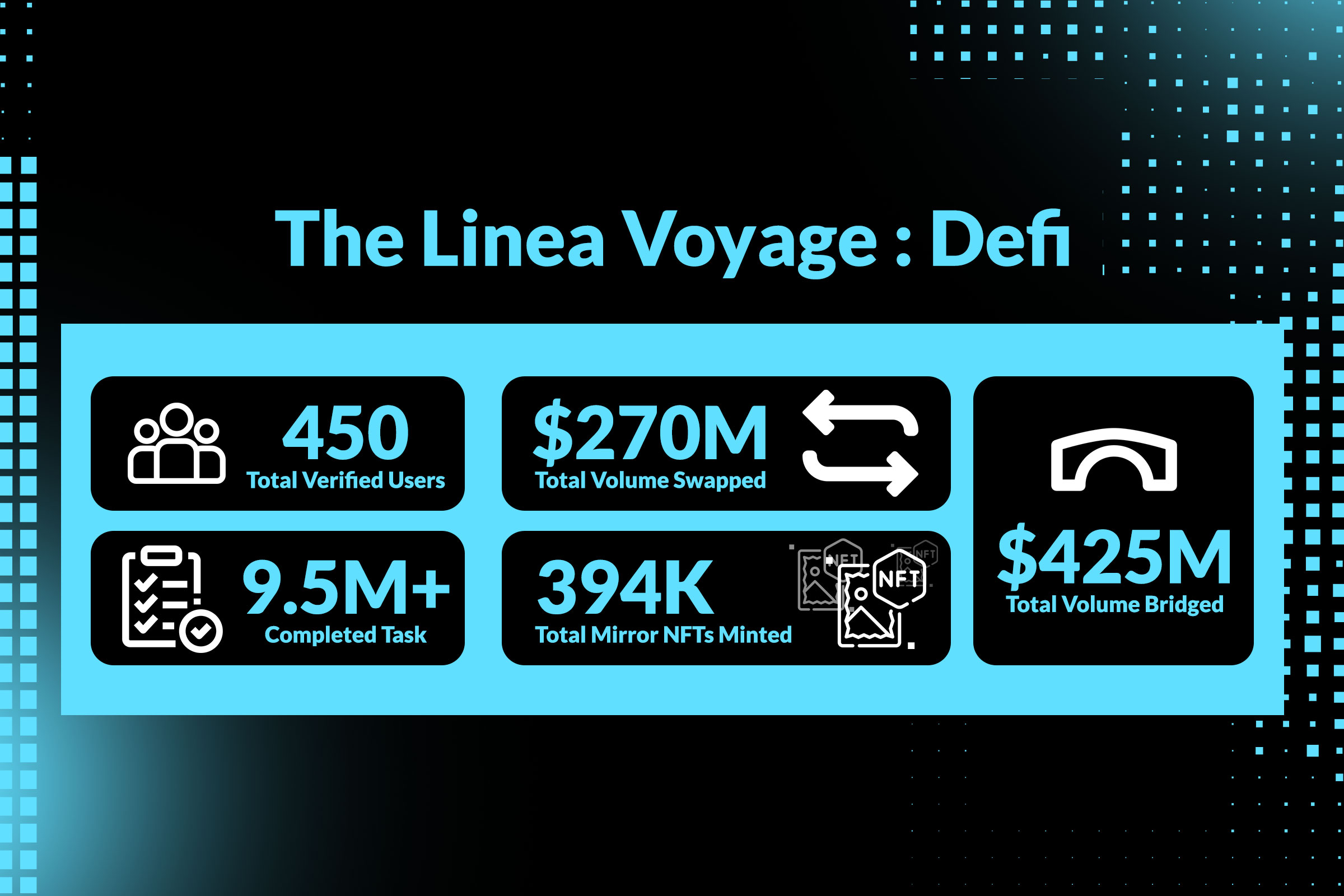
Linea Ecosystem
The Linea Network is more than just a layer-2 solution for Ethereum. It is a vibrant and diverse ecosystem of DeFi platforms and protocols that leverage the various advantages of Linea. These platforms and protocols thus offer a variety of services and opportunities in the Web3 space. Here’s an overview of each of them.
Velocore
Velocore is a decentralized exchange that allows users to swap any ERC-20 token on Linea with low slippage and high liquidity, thanks to its constant product market maker (CPMM) algorithm and its integration with other DEXes on Ethereum and Linea. It also lets users provide liquidity to any pair of tokens and earn fees and rewards, as well as compound their earnings automatically with one click.
Velocore is one of the most popular and user-friendly platforms on Linea, with over $100M TVL and 50,000 users in the first month of launch. Velocore’s benefits include:
-
Scalability: Velocore can handle thousands of transactions per second, thanks to Linea’s zkEVM technology, which means users can enjoy fast and smooth trading and farming experiences.
-
Security: It is secured by zero-knowledge proofs and the Ethereum mainnet, which means users can trust that their funds and transactions are safe and verifiable
-
Usability: It is easy to use and accessible, thanks to its simple and intuitive interface, its integration with MetaMask and Linea Safe, and its support for multiple languages and currencies.
-
Innovation: Velocore is constantly innovating and adding new features and functionalities, such as cross-chain swaps, limit orders, and governance.
Linea Safe
Linea Safe is a smart wallet that allows users to access DApps, manage assets, and perform transactions on Linea. It is more than just a wallet, it is also a gateway to the Linea ecosystem and the web3 world. Linea Safe supports multiple accounts, multiple signatures, and multiple devices, as well as biometric authentication and recovery options.
Linea Safe is based on the Safe project, a renowned and trusted solution for web3 security, and supports both the Linea Goerli and mainnet. Linea Safe also has a unique and appealing design that reflects the Linea brand and identity, thanks to the contributions of Protofire, a leading blockchain development team. Protofire is a valuable partner of Linea, providing their expertise and support to improve the web3 ecosystem, especially Linea Safe. Protofire is dedicated to making Linea Safe more secure, advanced, and user-friendly.
Tomo
Tomo is a decentralized social network that connects creators and their fans on Linea. It allows users to sign up easily with their existing social media or email accounts and gives them a personal ERC-4337 smart contract wallet that bridges their funds to Linea and automates their transactions. Tomo takes advantage of Linea’s fast and cheap transactions and plans to add message privacy features to Tomo’s chat for secure communication.
Tomo’s innovative mechanism allows direct and ongoing interaction between creators and fans. Users can express their opinions and support through Votes, which turn into Keys when creators join Tomo, creating a real and rewarding trust economy. Unlike traditional models, it promotes a profit-sharing economy where both creators and fans benefit from mutual success. A transparent and fair revenue model ensures creators’ income while sustaining the ecosystem’s growth.

Source: https://linea.mirror.xyz/Dn3-ktmZ-e3v4nZtrZTI7iS-pF8bnolfBJQAUDQ-jto
Chainlink
Chainlink is a decentralized oracle network that provides reliable and secure data feeds to Linea. Oracles are intermediaries that connect smart contracts to external data sources, such as market prices, weather conditions, and sports outcomes. Chainlink is the leading oracle solution in the web3 space, with over 1,000 data providers and over 500 integrations with various blockchains, platforms, and protocols.
Linea has integrated Chainlink Data Feeds to enhance its application ecosystem. Chainlink’s connection to multiple premium data providers ensures comprehensive and accurate market information. ConsenSys highlighted the importance of high-quality off-chain data for enabling diverse and feature-rich applications. Developers can now leverage Chainlink’s data infrastructure to build DeFi, gaming, and asset tokenization applications on Linea’s scalable and low-cost L2 network.
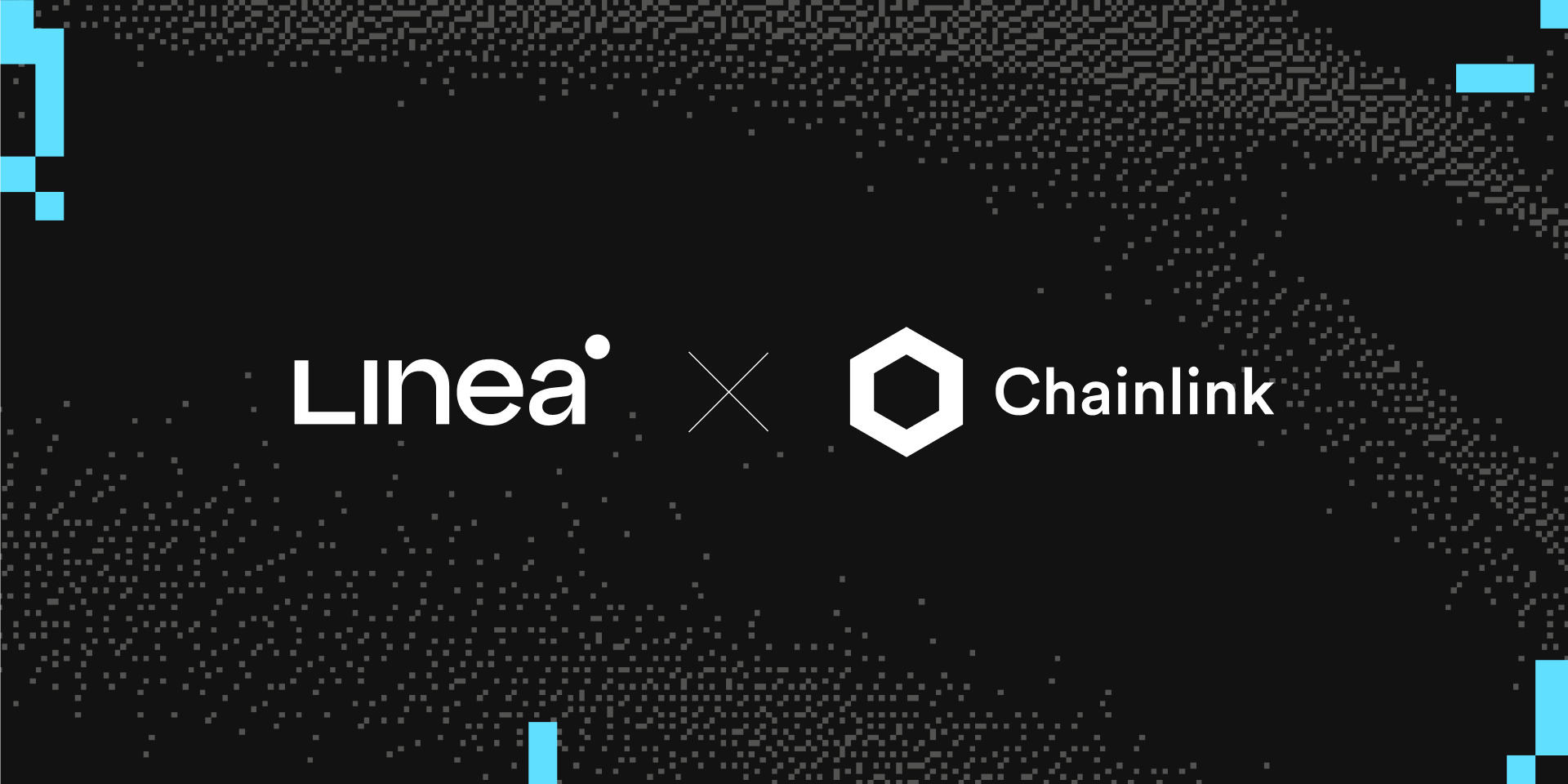
Source: https://linea.mirror.xyz/W0t0hORg6vPzfB5CtySrp8KC_q7kmHu2cR3oUuWXRDg
Final Takeaway
Linea’s vision is to provide a scalable and user-friendly platform for developers and users to build and use DApps on Ethereum, and to enable a sustainable, clean-energy future powered by web3. Its potential is immense, as it aims to support more DApps and platforms, launch its native token, and expand its community and ecosystem.
Linea is undeniably one of the most promising and exciting layer-2 solutions in the web3 space, and it has a lot to offer to the DeFi and web3 enthusiasts. If you are looking to learn more about Linea or any other DeFi development solutions, at Codezeros we can help. Connect with our decentralized finance development company today for a free initial consultation.
Post Author
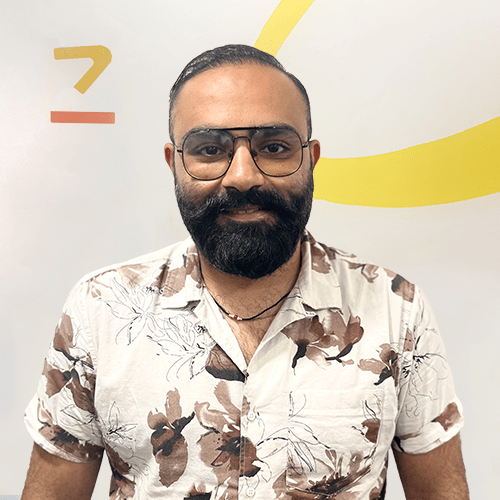
Vivek is a passionate writer and technology enthusiast with expertise in blockchain development. As the lead writer for Codezeros, he aims to educate and inform readers about the potential of blockchain technology and simplify complex concepts to present them in an engaging manner for both technical and non-technical readers.
Empower your DeFi projects with the expertise of seasoned blockchain professionals.
At Codezeros, our team of blockchain experts, equipped with unmatched skills and technical acumen, can help you develop and scale your DeFi projects beyond expectations.

